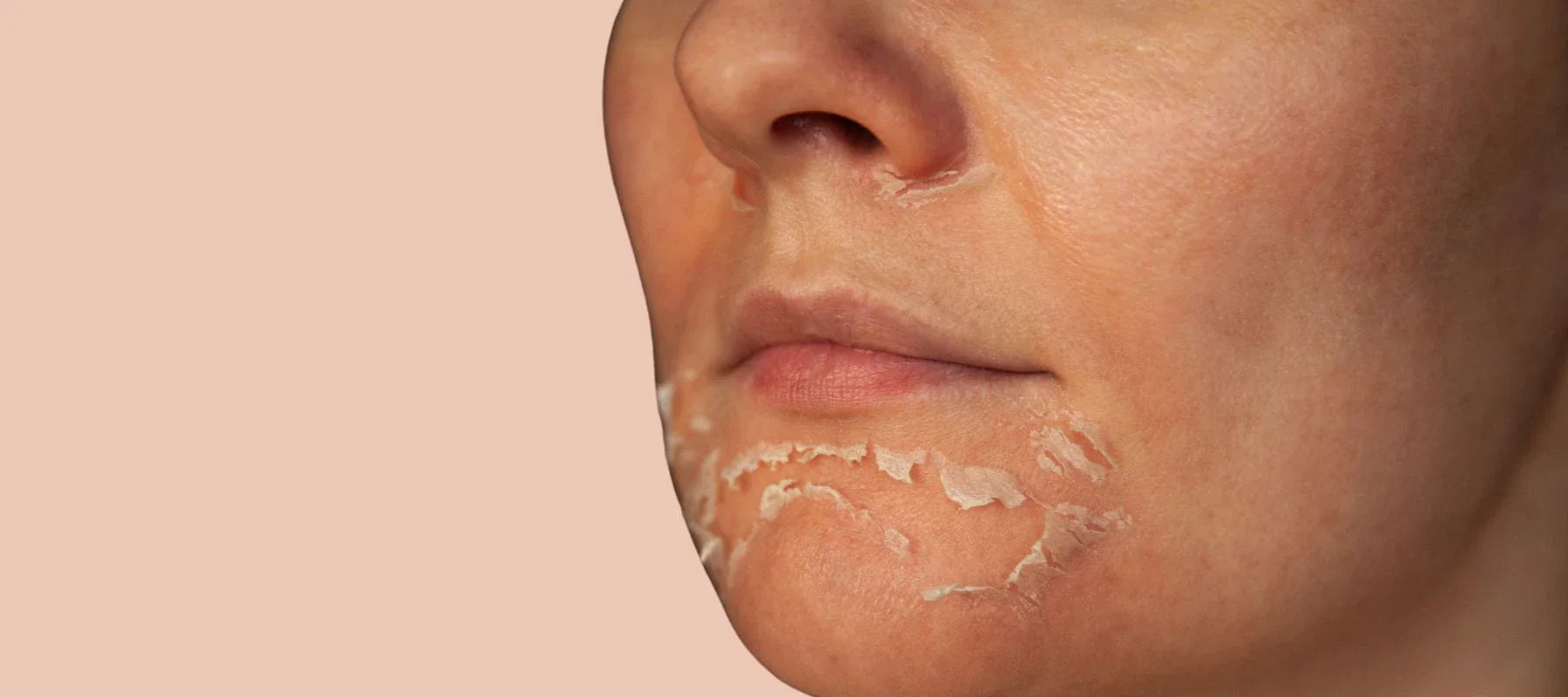
Understanding orange peel skin: Meaning, causes, and treatment
Imagine gazing in the mirror first thing in the morning and realising that the texture of your skin looks like the uneven, pitted surface of an orange peel. Aptly called "orange peel skin," this ailment can upset self-esteem. It is on the face, which can be challenging to hide. This page aims to thoroughly understand orange peel skin, including its definition, types, causes, and efficient treatments. Now that you know this, you may take the appropriate actions to get healthier, smoother skin.
What is orange peel skin?
Skin resembling an orange's surface with a rough, uneven, or dimpled texture is called orange peel skin. The features of this disorder include thicker skin, larger pores, and occasionally a pebbly look. Although it can occur anywhere on the body, when it manifests on the face, it is especially problematic because it can be more noticeable and difficult to conceal with cosmetics.
Orange peel skin or orange peel skin on face is a term that describes underlying skin texture difficulties rather than a specific medical disease. These problems can be caused by various variables, such as ageing, heredity, and environmental influences, and can vary in severity.
Causes of orange peel skin on the face
To effectively cure and prevent orange peel skin on the face, one must understand its causes. Some of the leading causes of this skin disorder are as follows:
- Ageing: As we age, our skin gradually loses collagen and suppleness, which causes drooping and the development of expanded pores. This loss of structural integrity may result in an uneven, dimpled texture.
- Damage from the Sun: Extended exposure to UV radiation can weaken the skin's collagen and elastin fibres, causing early ageing and an uneven, rough texture. In addition to causing hyperpigmentation, sun exposure can make pores more noticeable.
- Genetics: Certain individuals are more likely to acquire orange peel skin because of a genetic predisposition to thicker skin and broader pores.
- Acne and Scarring: Prolonged acne can cause uneven skin tone and scarring. Acne-related inflammation can also make pores bigger and give skin a rougher texture.
- Dehydration: Dehydrated skin can accentuate the appearance of fine wrinkles and pores, while a lack of moisture can leave the skin looking rough and lifeless.
- Inadequate Skincare Routine: Ignoring your skin's needs can result in clogged pores, a buildup of dead skin cells, and other problems that cause uneven, rough skin.
- Lifestyle Factors: Unhealthy skin can result in premature ageing and texture problems. Smoking, eating poorly, and drinking too much alcohol can all have a harmful effect.
Types of Orange Peel Skin
Orange peel skin can manifest differently depending on the underlying causes and severity.
The primary kinds of orange peel skin are as follows:
1. Orange Peel Skin with Texture Issues: This kind is distinguished by an uneven, rough texture, caused mainly by increased pores and a lack of smoothness. It is frequently linked to sun damage and ageing.
2. Orange Peel Skin Associated with Cellulite: Although it usually affects the thighs and buttocks, cellulite can also develop in other body areas. Fat deposits that push through the connective tissue beneath the skin to provide the impression of dimples are the source of this sort of orange peel skin.
3. Orange Peel Skin Associated with Scarring: Skin that has sustained severe acne or injuries may acquire scars that give the skin a texture akin to orange peel. Deep and pitted scars may cause the skin surface to become uneven.
Orange Peel Skin Treatments
Orange peel skin can be treated with over-the-counter skin care products; expert orange peel skin treatments, and lifestyle modifications. Here are a few successful tactics:
1. Exfoliation
Chemical exfoliants
Products that contain beta- or alpha-hydroxy acids (BHAs) or AHAs can help unclog pores, remove dead skin cells, and improve skin texture. Salicylic acid and glycolic acid are standard options.
Physical exfoliants
Although they can help smooth the skin, gentle scrubs should only be applied in moderation to prevent irritation. To stop skin microtears, look for exfoliants with small, spherical particles.
2. Hydration
Use moisturisers to keep your skin hydrated. Seek moisturisers that contain ceramides, glycerin, or hyaluronic acid. The Waterlight Gel Moisturiser is a fantastic choice since it deeply hydrates the skin and nourishes it from within.
Hydrating Serums
Serums such as the 15% Vitamin C Brightening Serum can offer deep hydration and enhance skin texture by encouraging the creation of collagen and minimising pigmentation.
3. Sun Protection
Sunscreens are essential for shielding your skin from UV ray damage. Apply a broad-spectrum sunscreen with at least 30 SPF every day. In addition to providing excellent protection, the Dewy Hydrating Hybrid Sunscreen SPF 50+ moisturises the skin.
4. Retinoids
Topical Retinoids are Vitamin A derivatives that increase cell turnover and collagen synthesis. They can enhance texture overall and lessen the visibility of big pores. Retinoids are available over the counter or with a prescription in more potent forms.
5. Expert Medical Care
- Microdermabrasion: This treatment encourages the development of new, smoother skin by exfoliating the outermost layer of the skin. It can aid in improving texture and lessening the appearance of enlarged pores.
- Chemical Peels: Using more potent acids, chemical peels remove the skin's damaged outer layers to expose smoother skin. They can be tailored to meet particular skin issues.
- Laser Therapy: Laser treatments can enhance texture and collagen production by focusing on deep skin layers. Depending on the severity of the problem, several kinds of lasers are available.
- Microneedling: To promote the creation of collagen, microscopic punctures are made in the skin. This can enhance the skin's general texture and lessen the visibility of scars.
6. Healthy Lifestyle
- Diet and Hydration: Eating a well-balanced, vitamin—and antioxidant-rich diet and staying hydrated is vital to maintaining good skin. Foods high in omega-3 fatty acids, vitamin C, and vitamin E are especially advantageous.
- Giving Up Smoking and Excessive Alcohol Use: These behaviours aggravate textural problems and hasten the skin's ageing process. Cutting back on or giving up these habits may significantly enhance the appearance of your skin.
Conclusion
Many individuals are concerned about orange peel skin, but it can be adequately treated with the proper knowledge and strategy. You may select the best treatments for smoother, more radiant skin by learning about the types and causes of orange peel skin. Add unique skincare products from the Pink Foundry to your routine. For more severe situations, consider getting expert help. With regular care and attention, you can restore confidence and improve the texture of your skin.

























































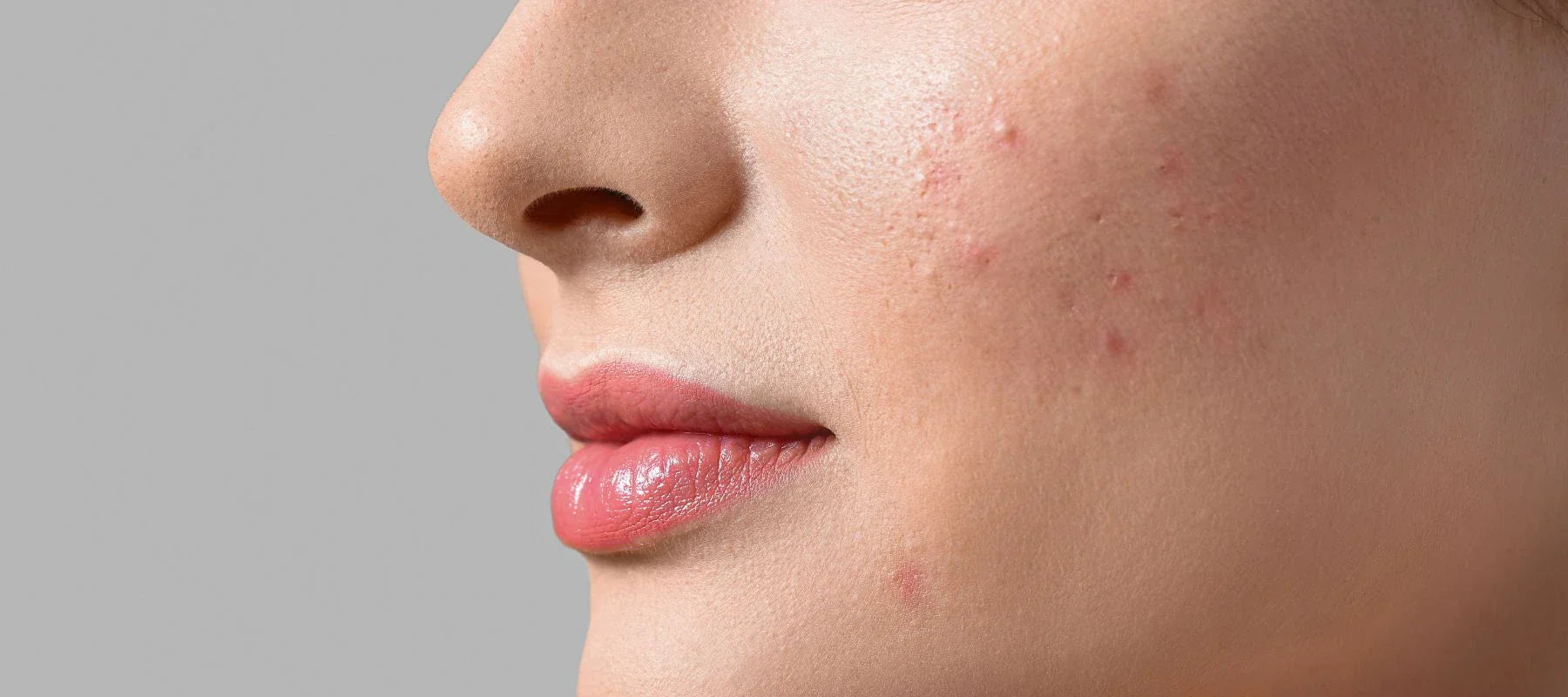
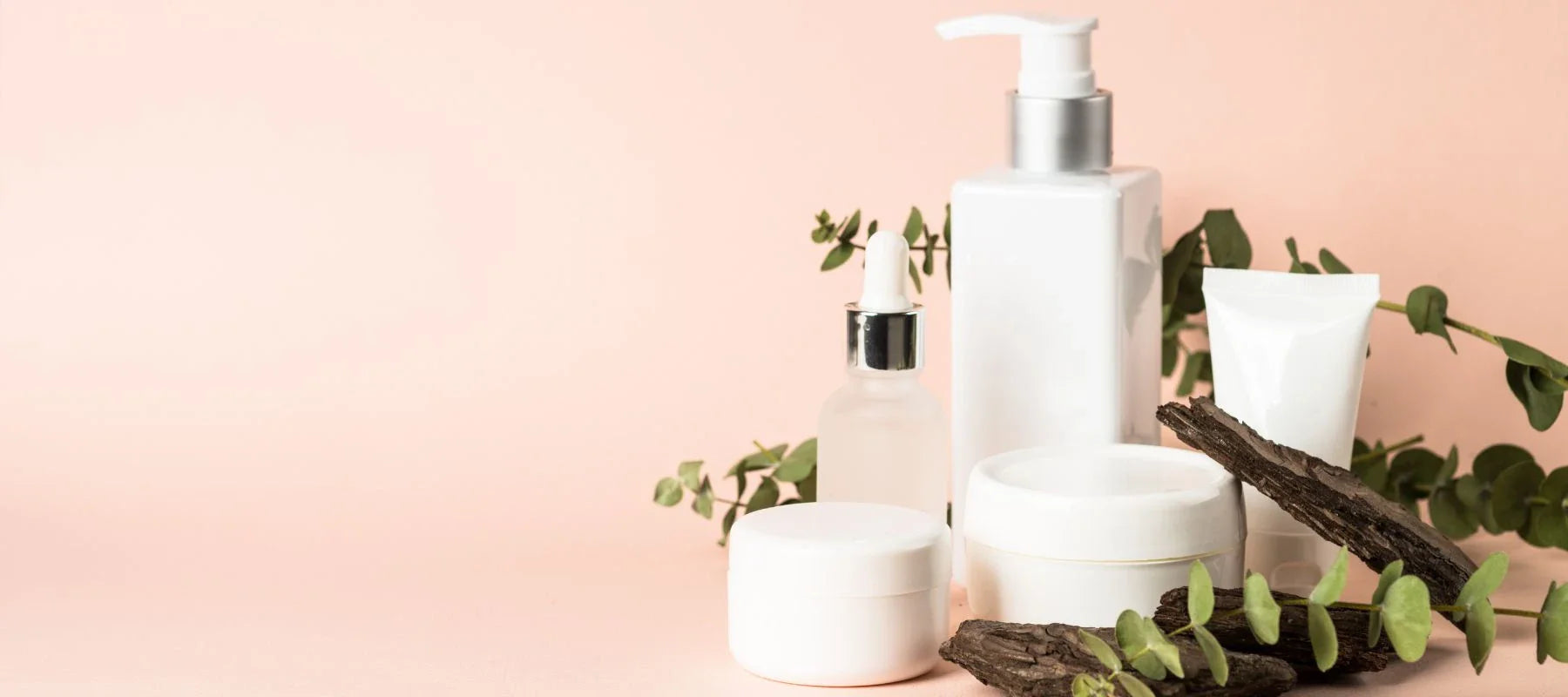
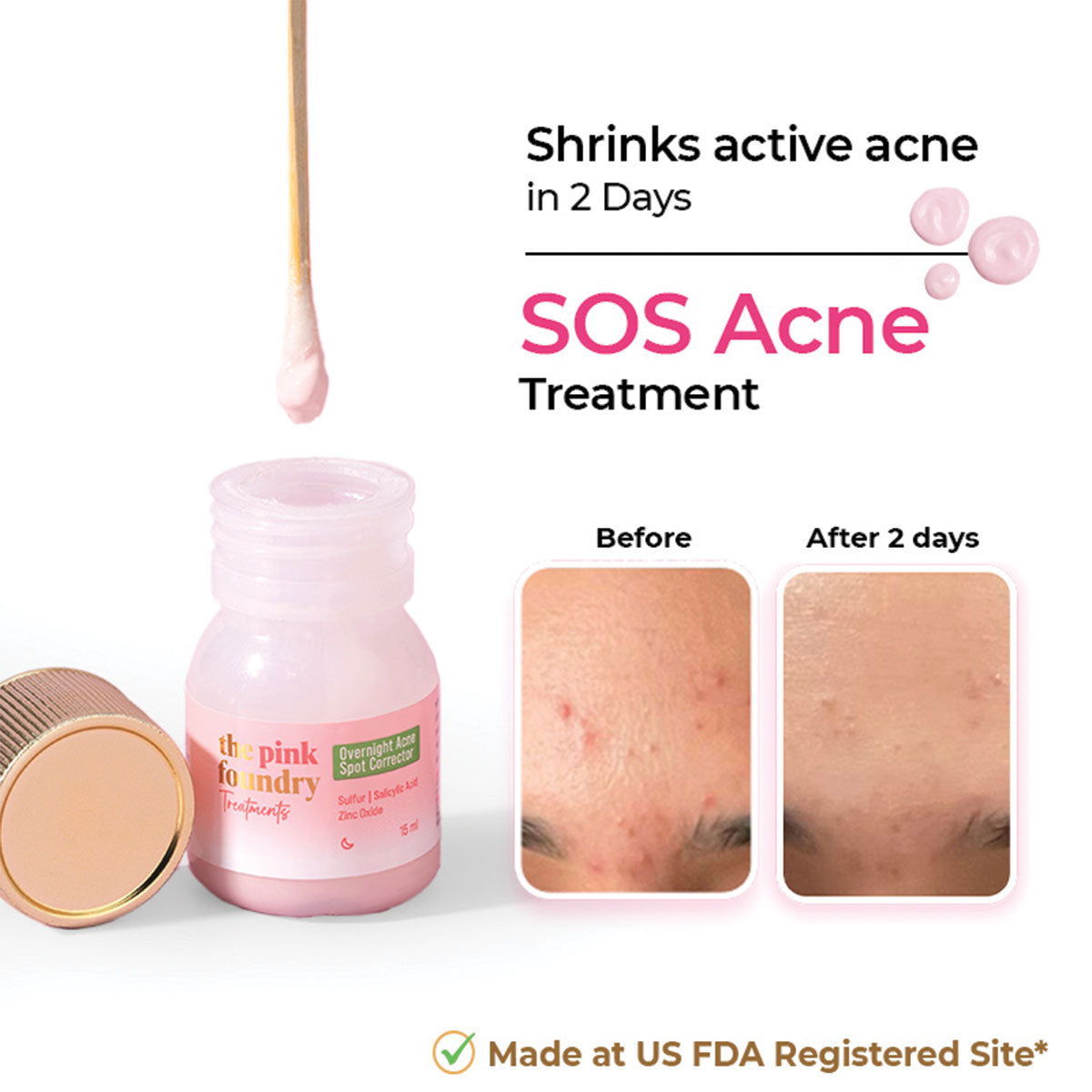
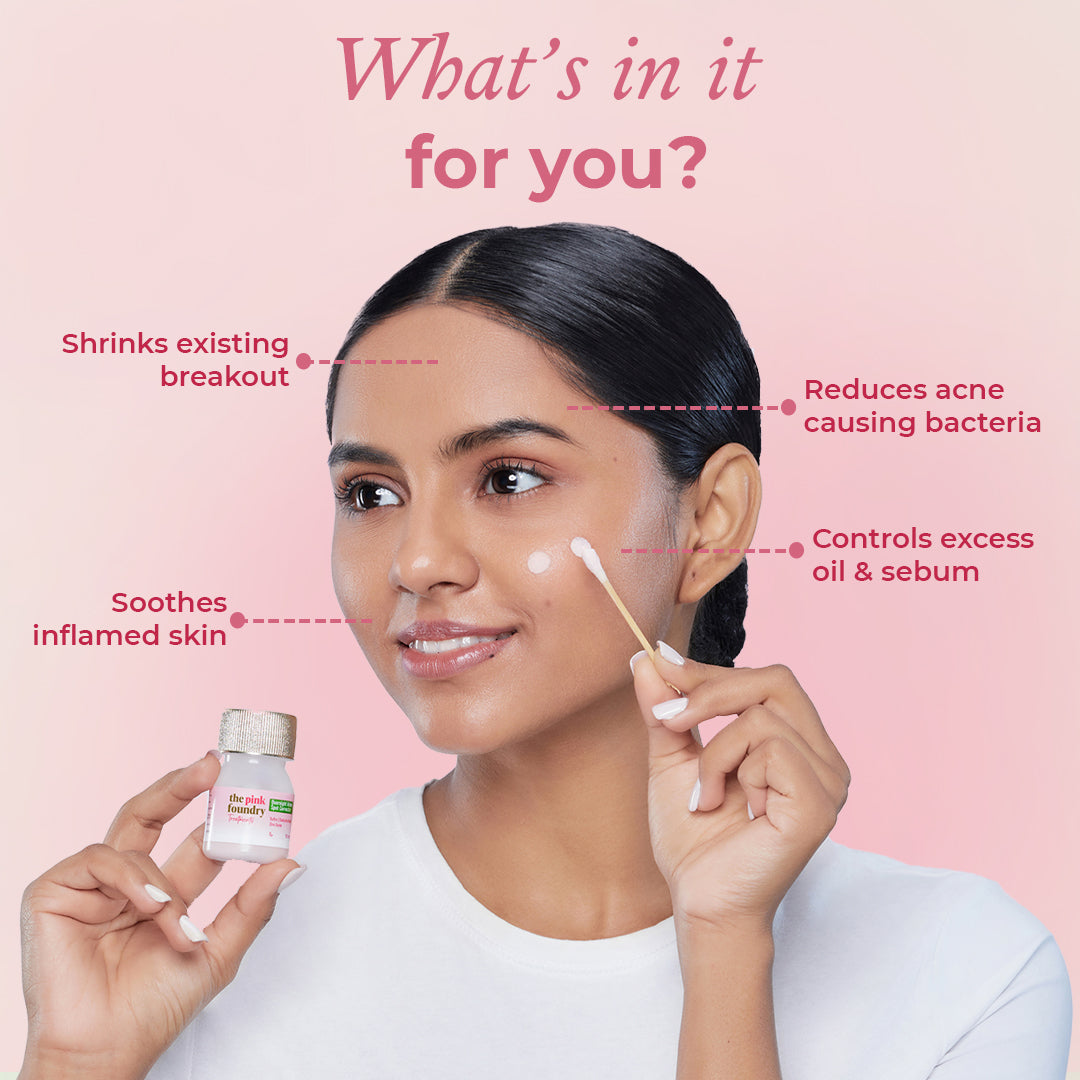
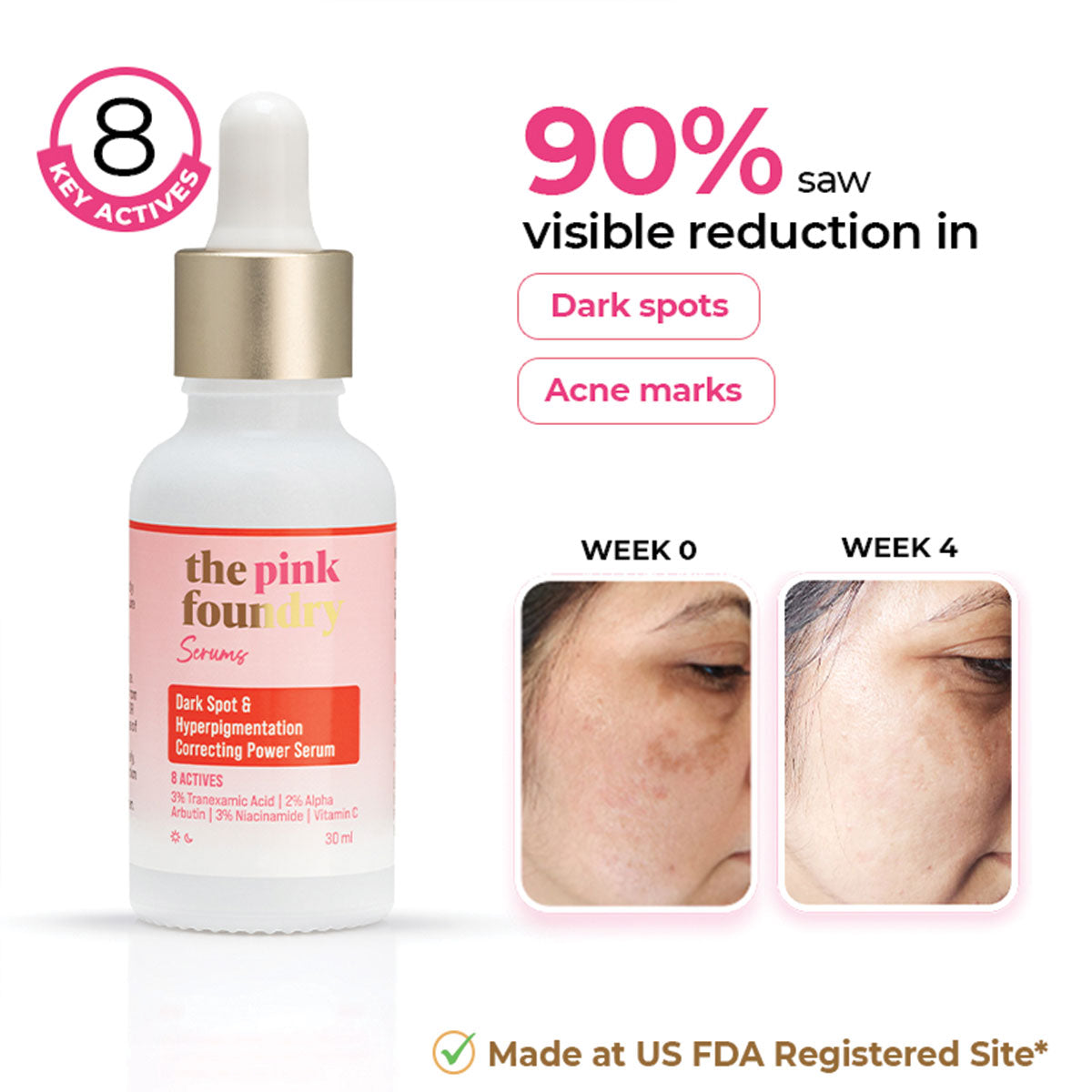
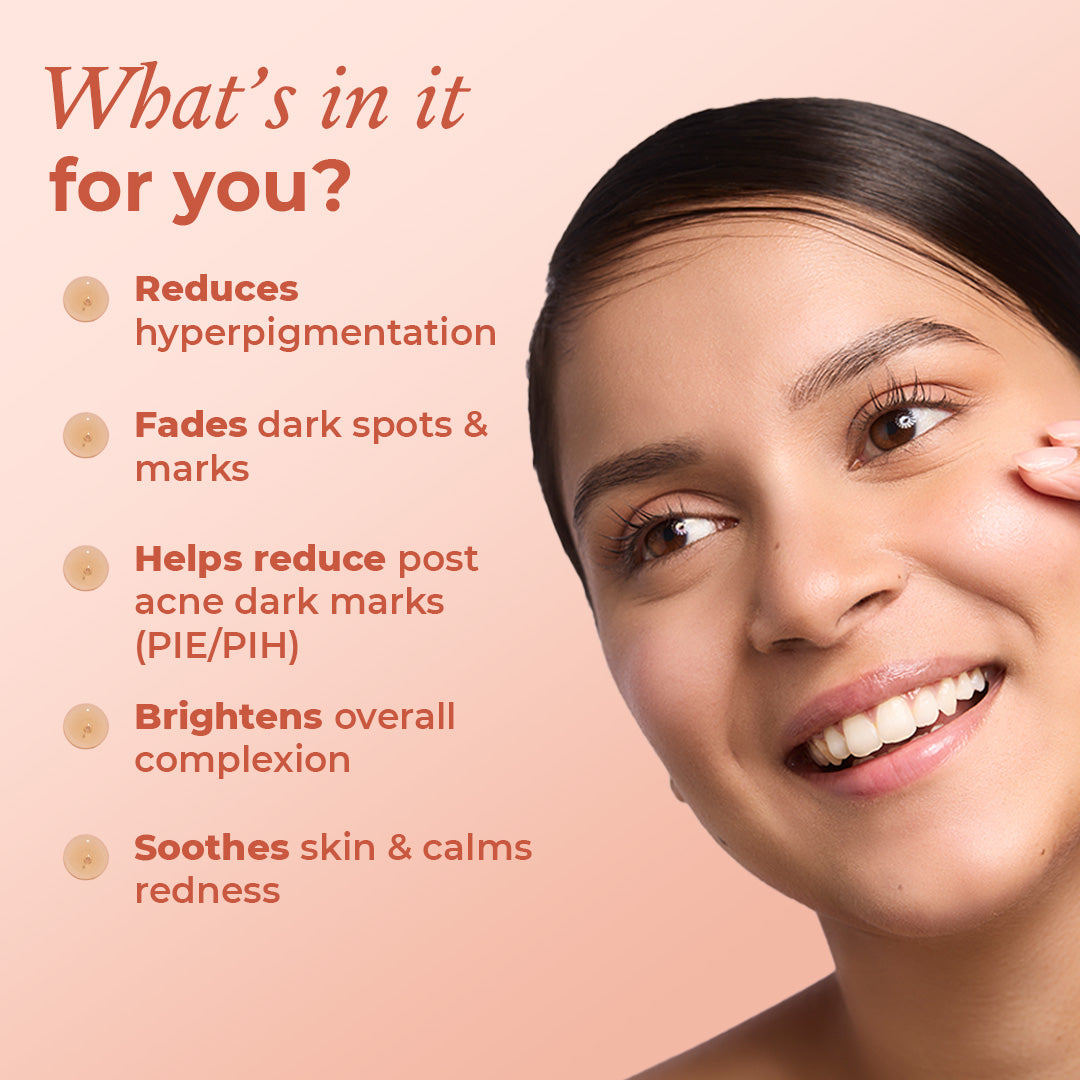
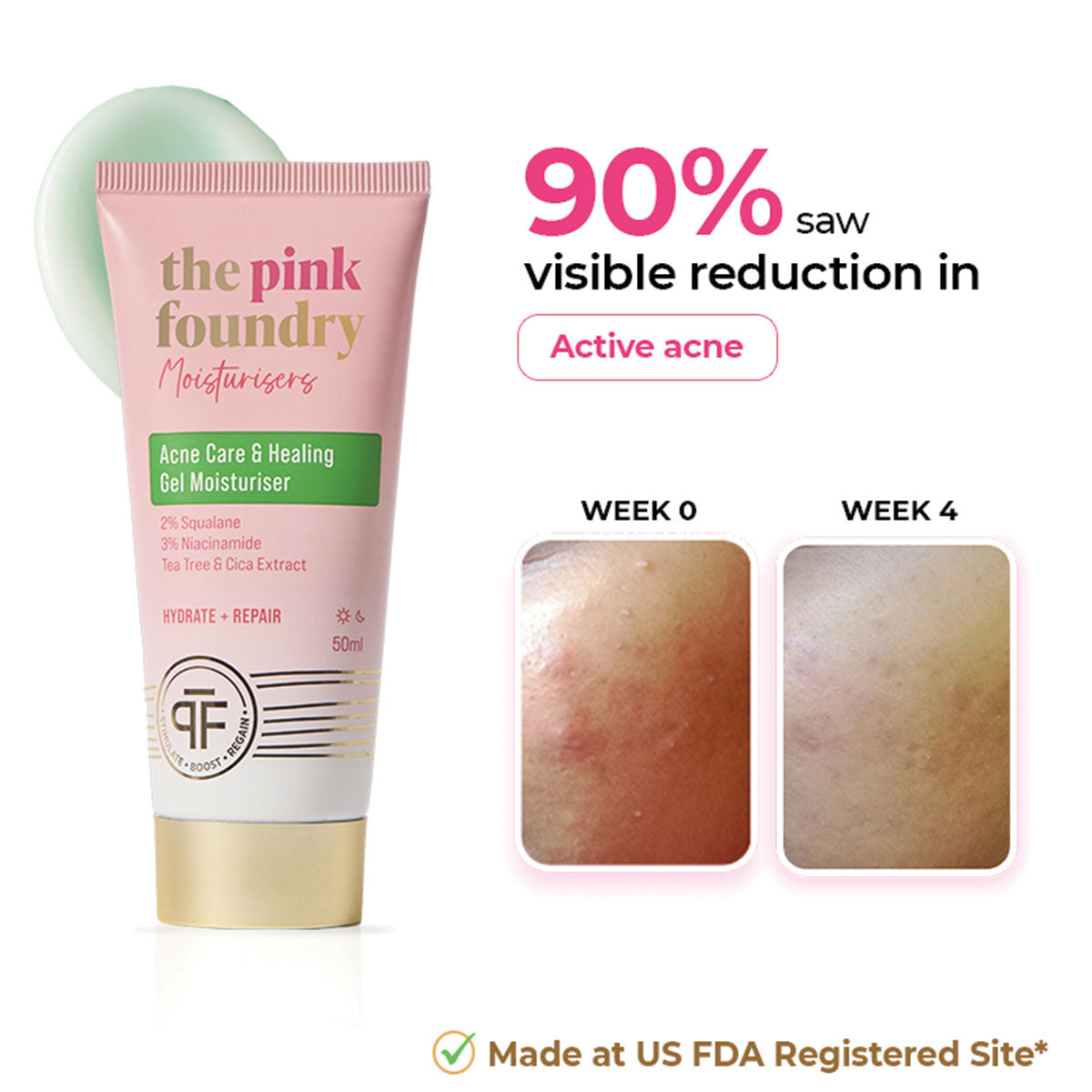
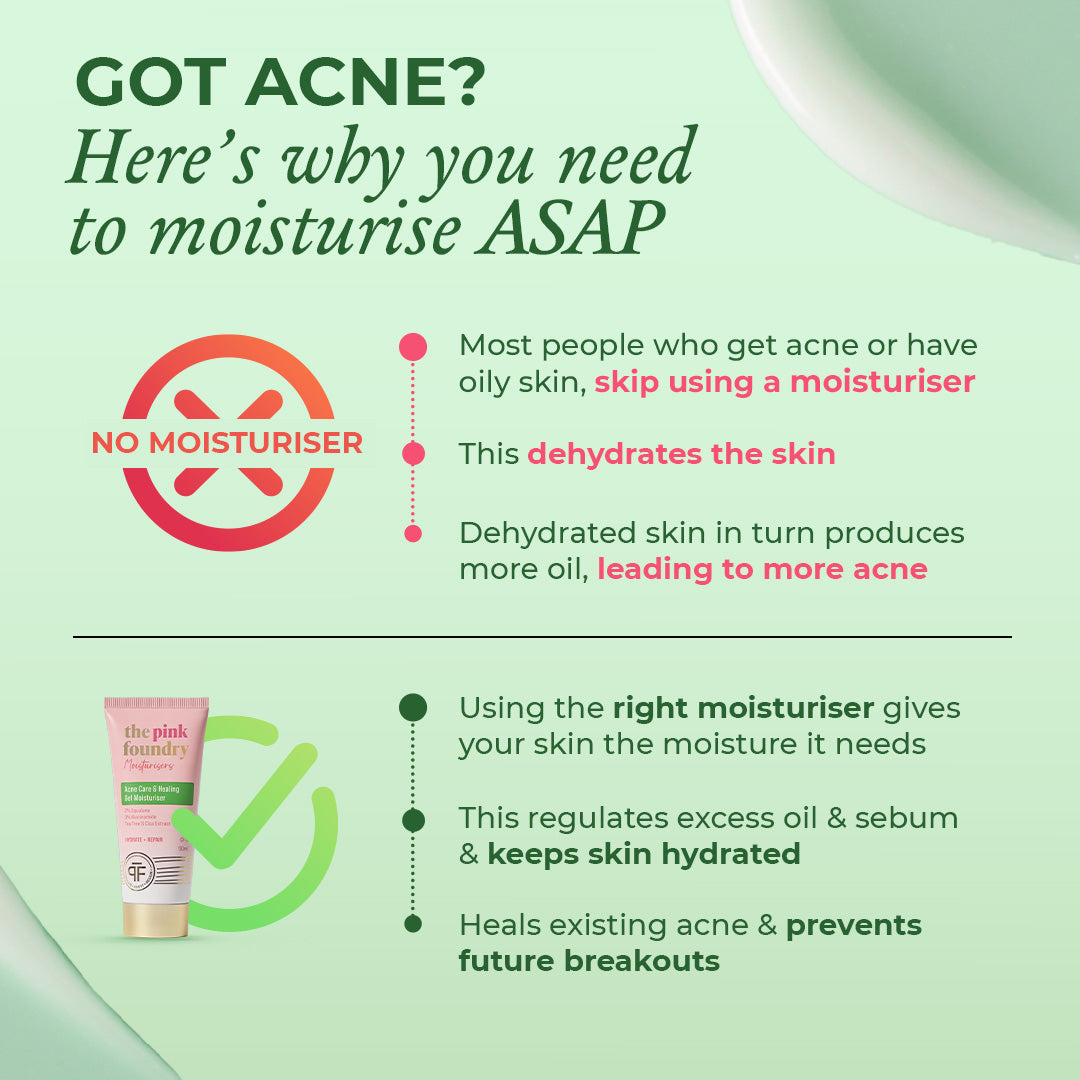
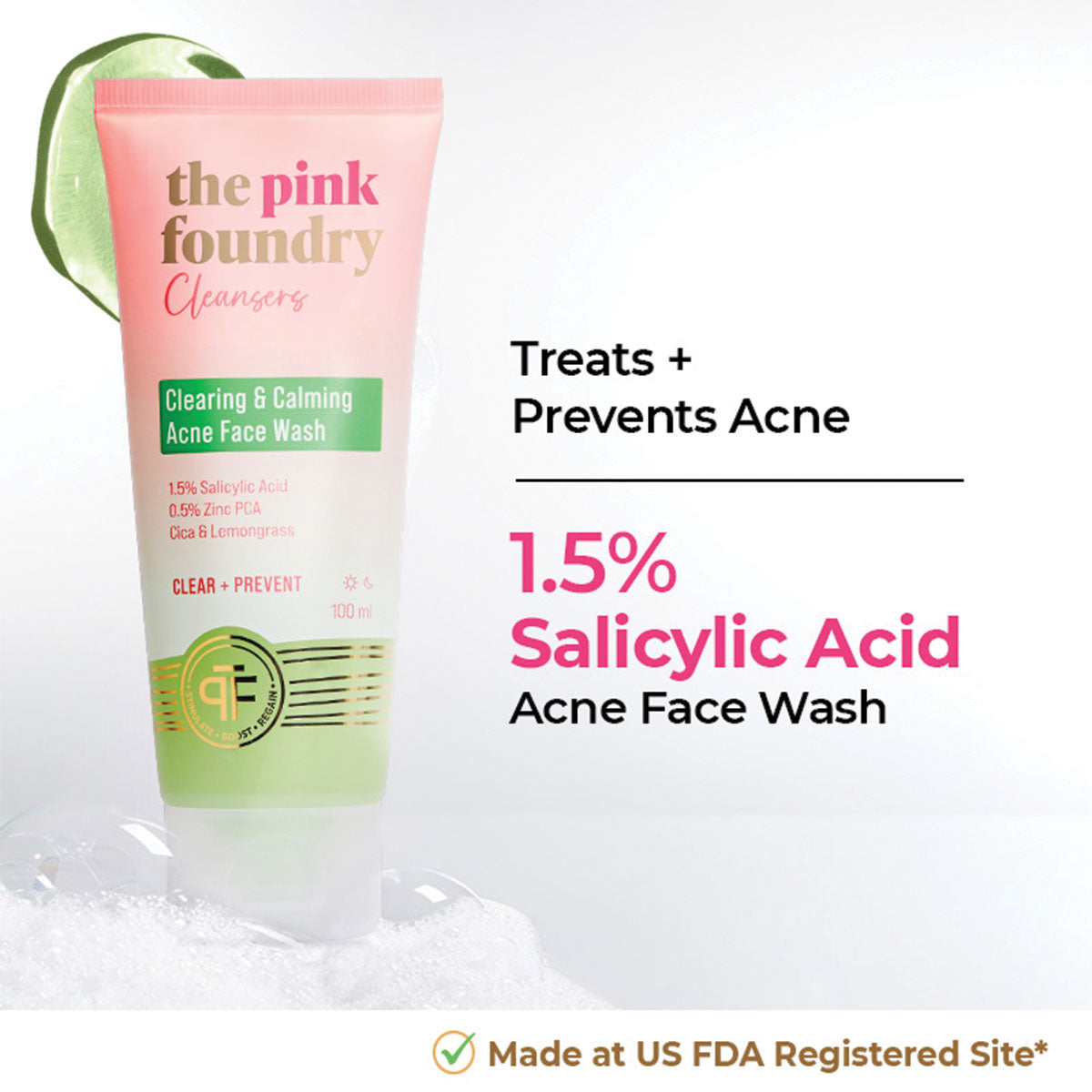
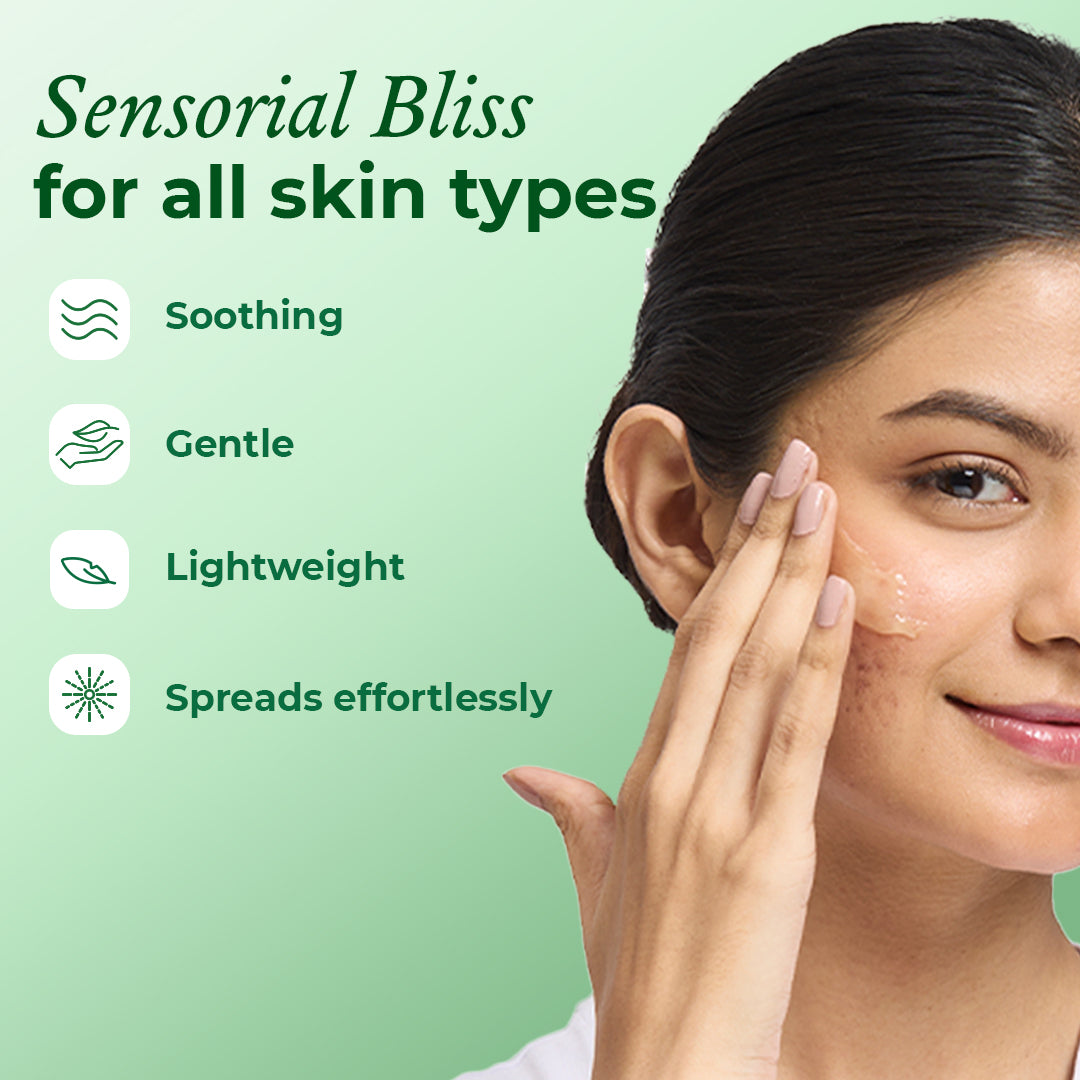
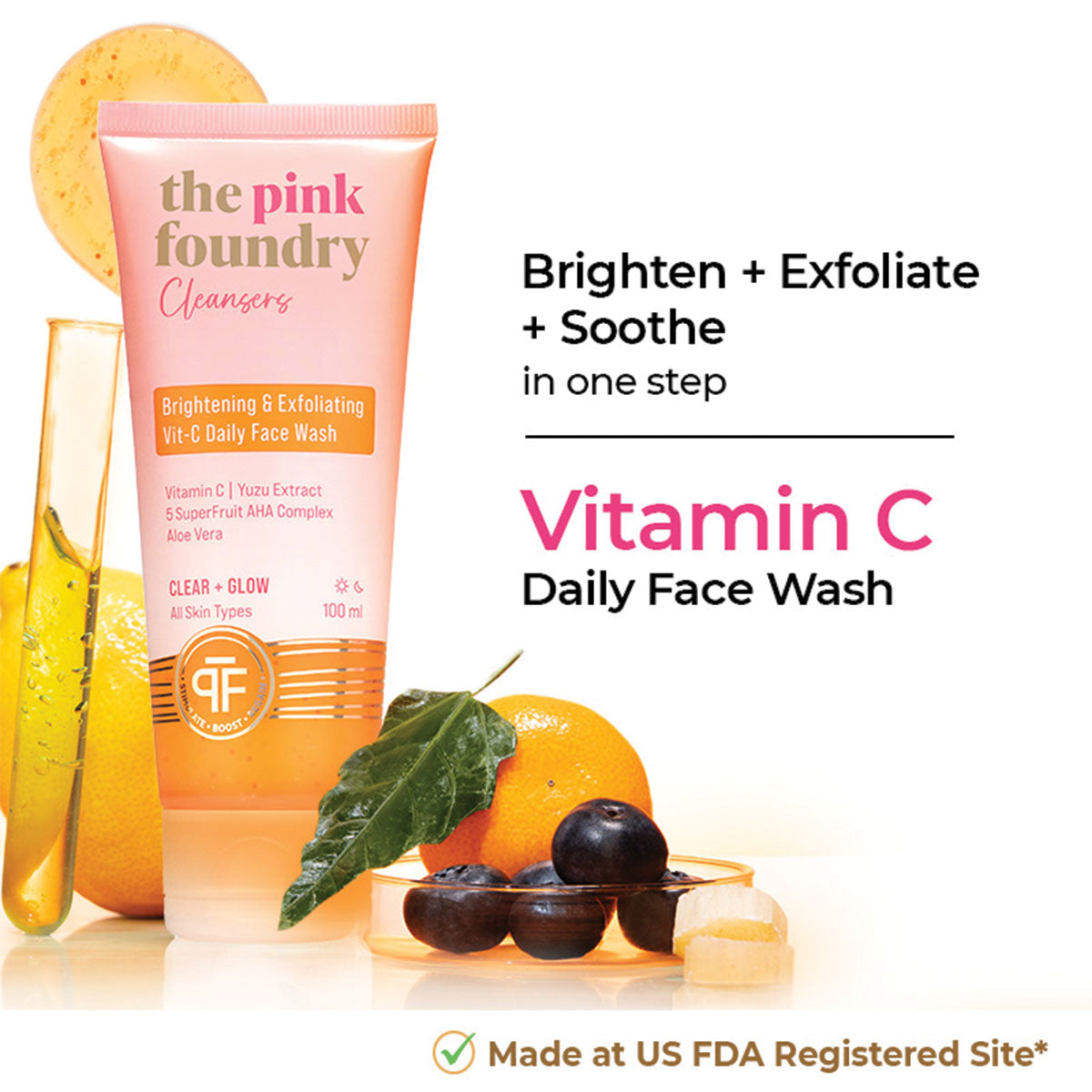
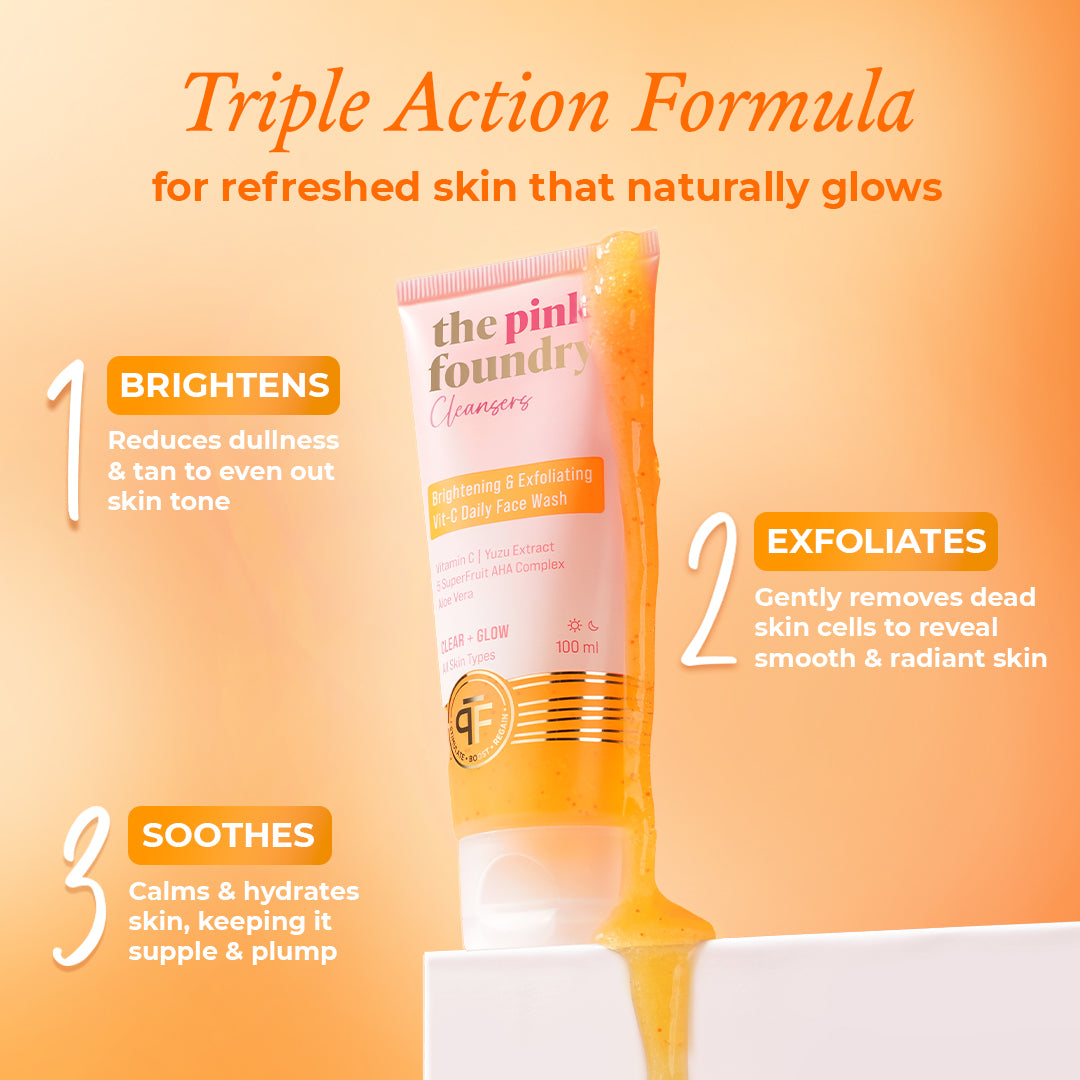
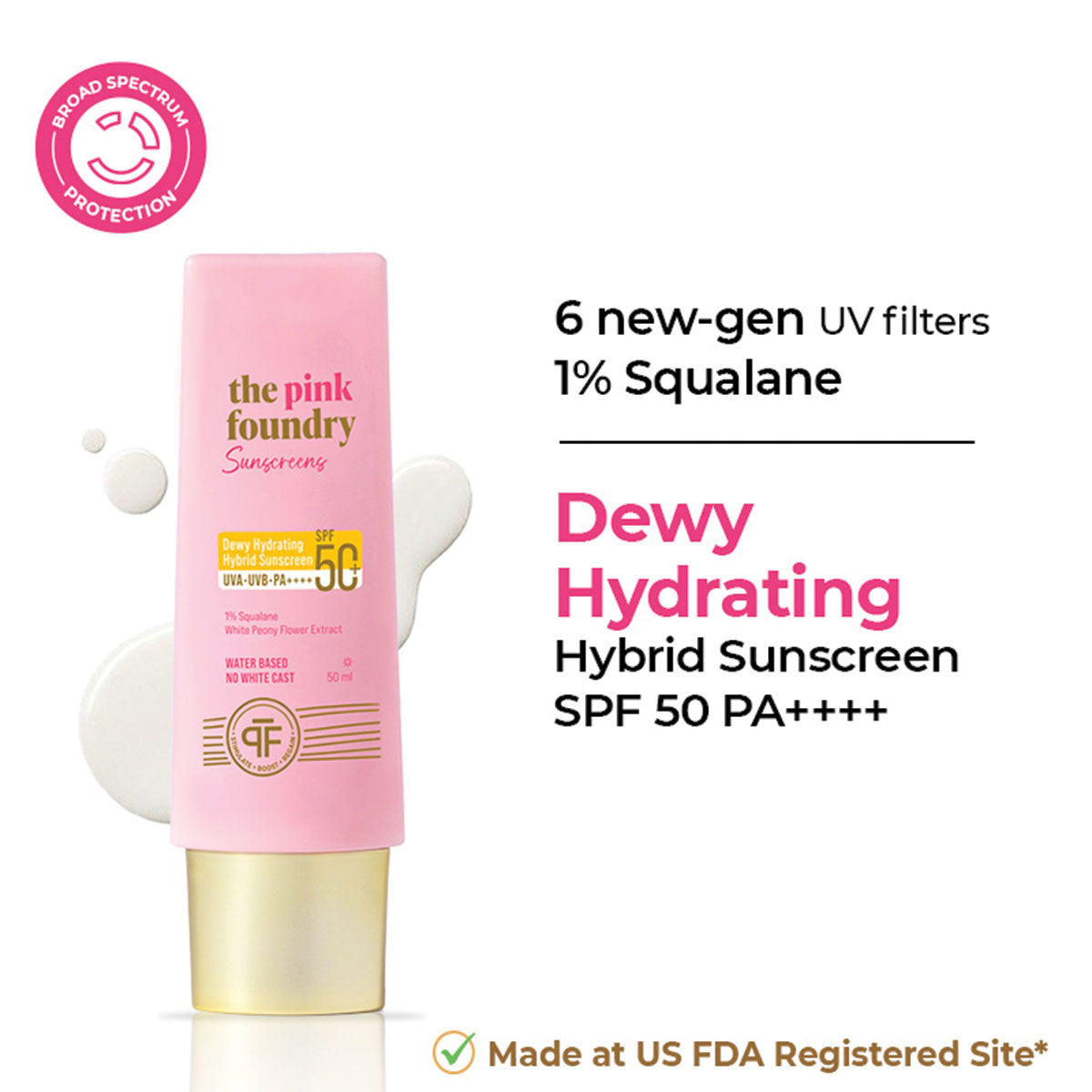
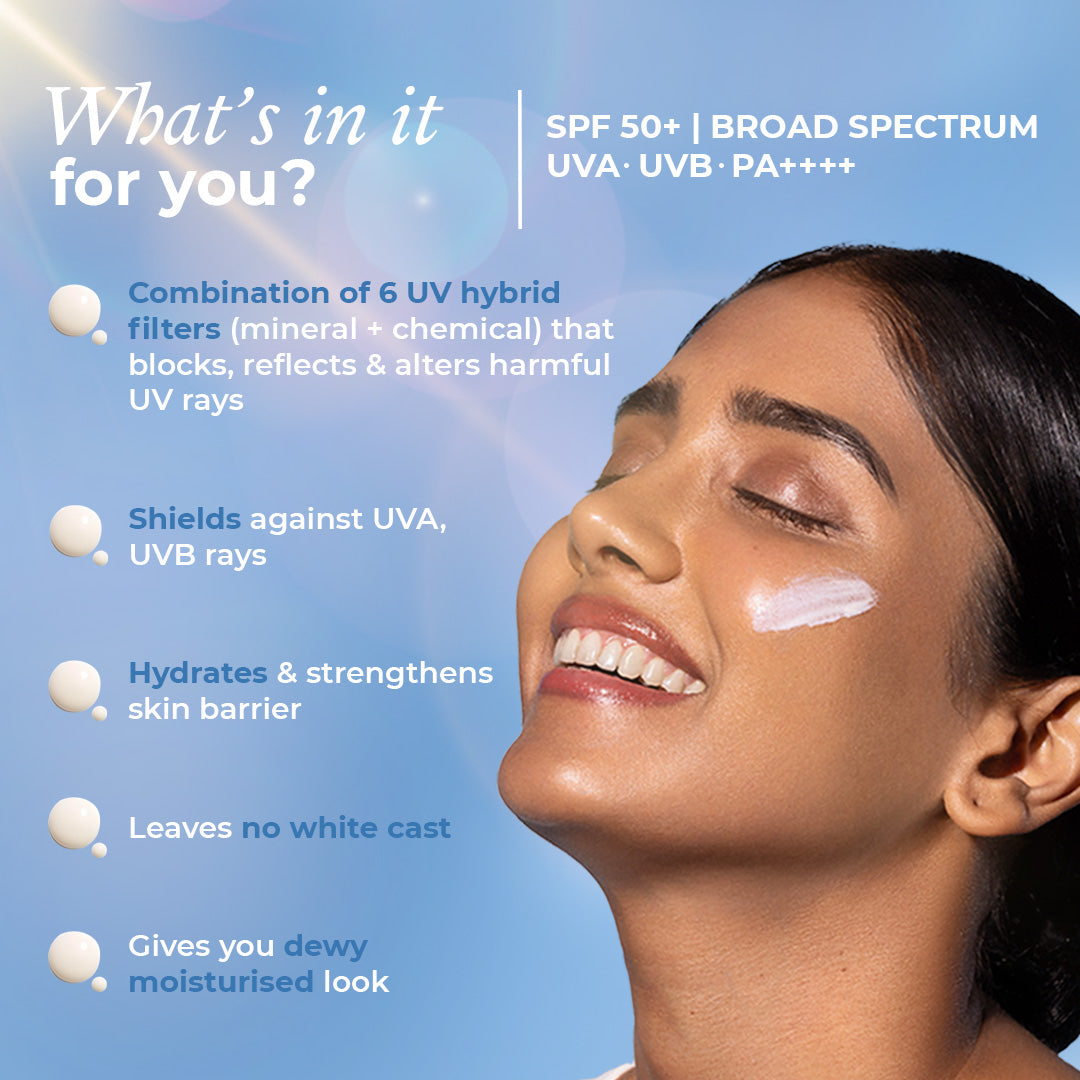
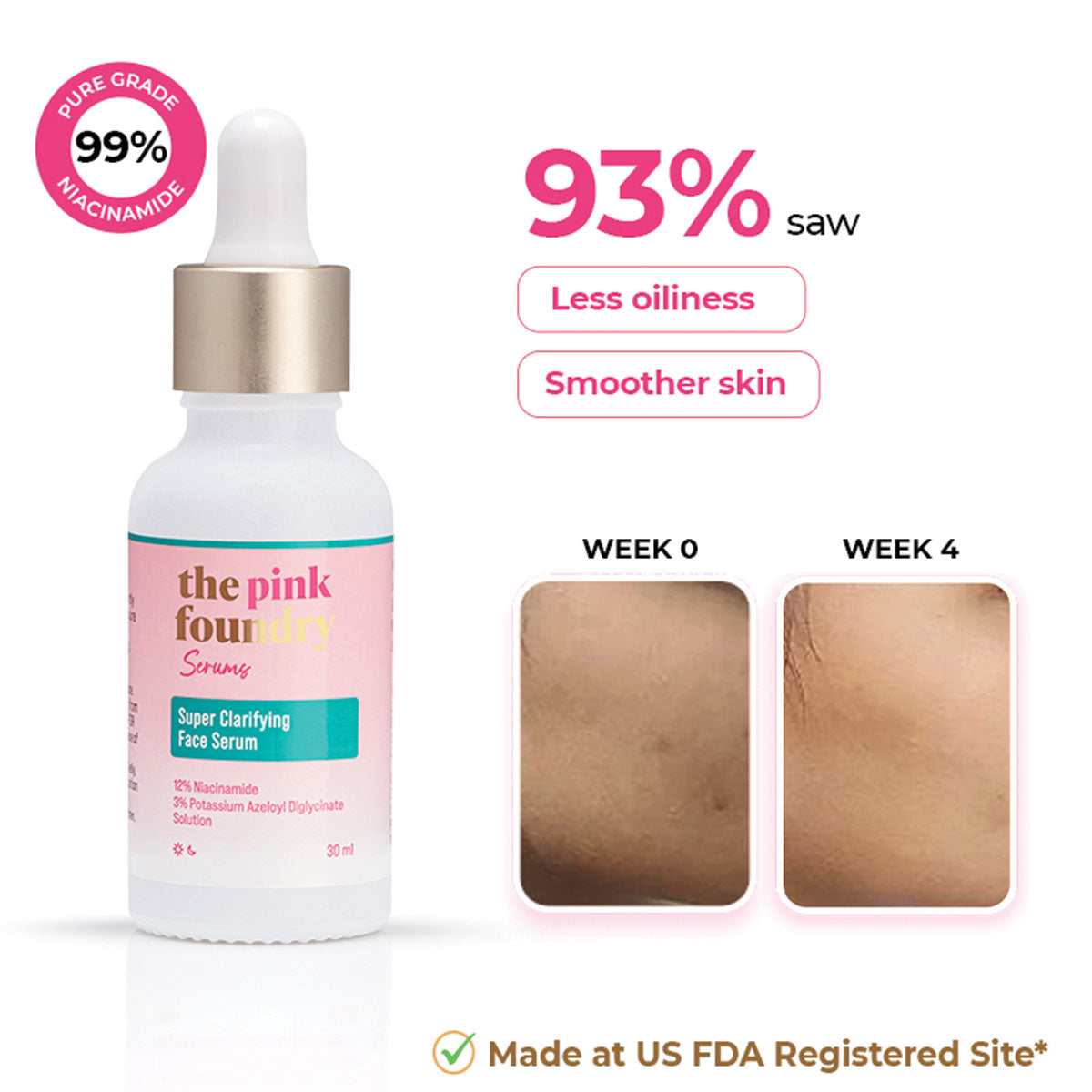
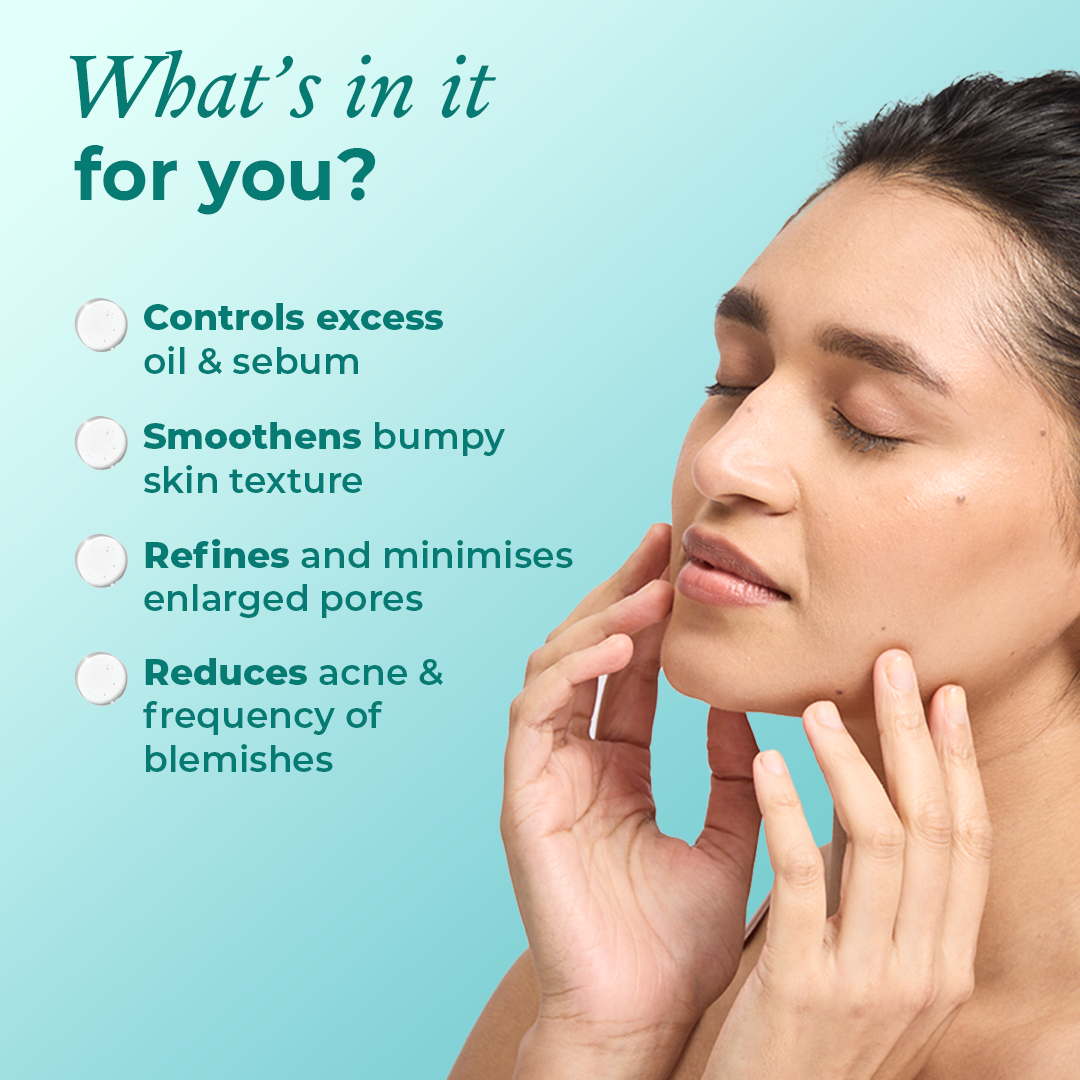
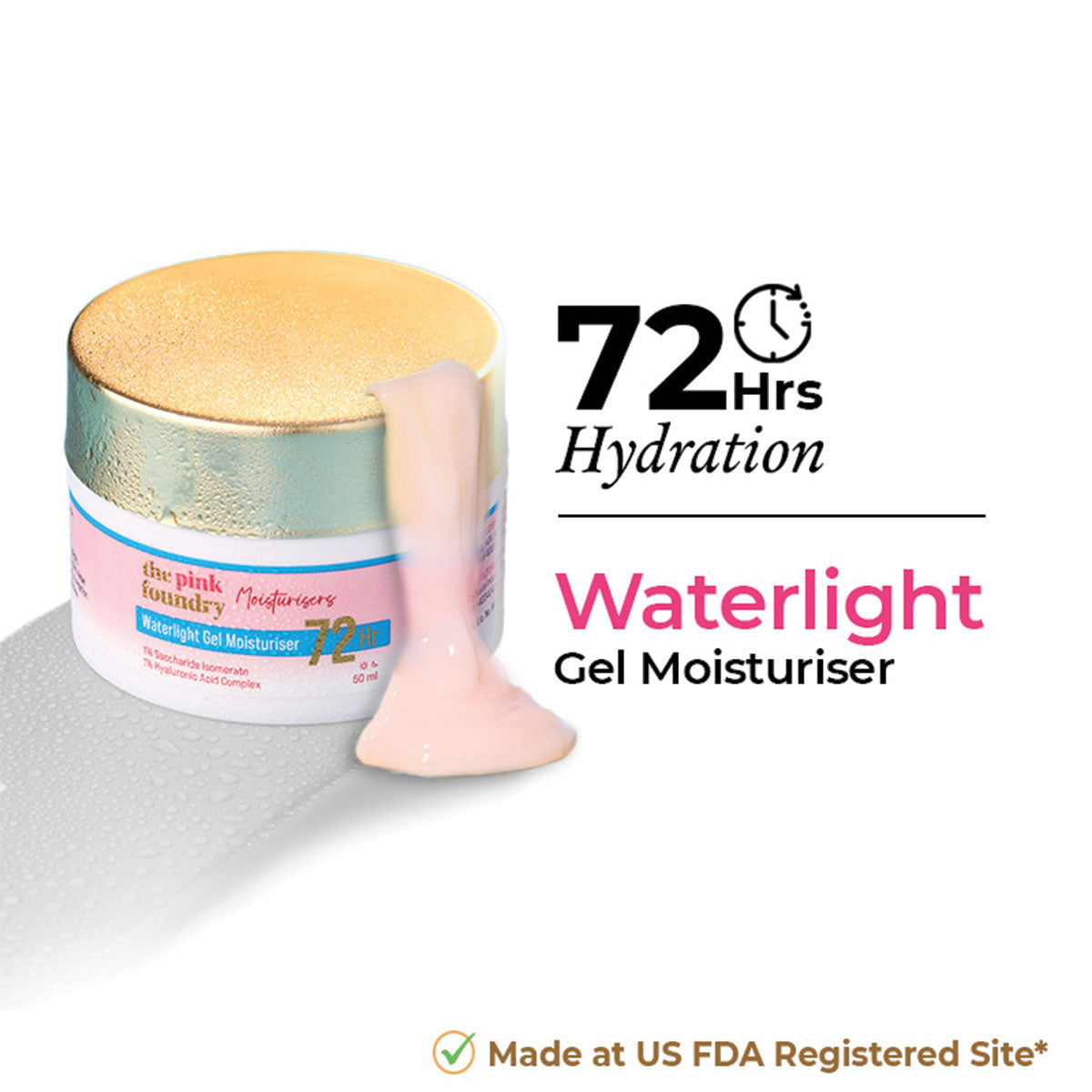
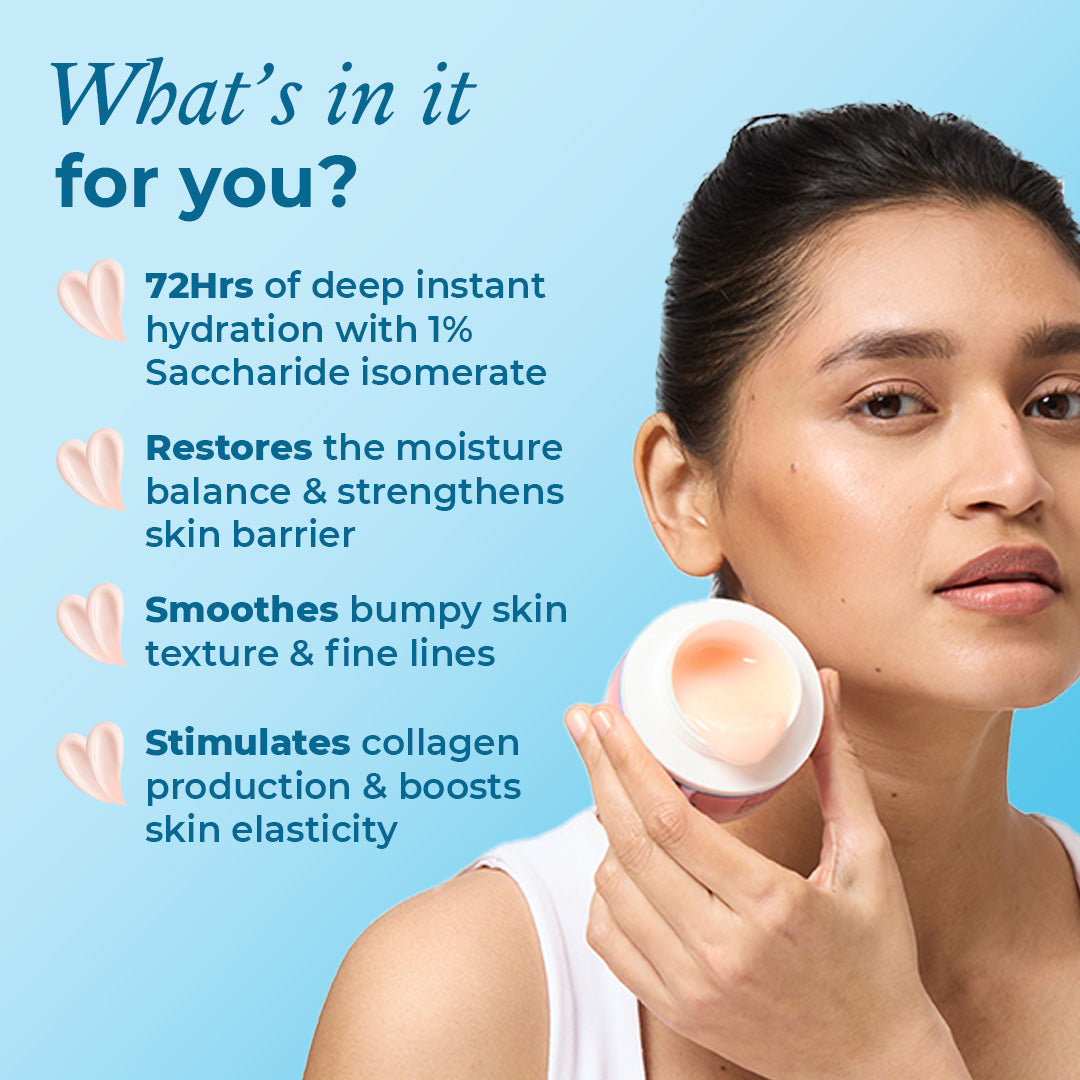




Leave a comment
This site is protected by hCaptcha and the hCaptcha Privacy Policy and Terms of Service apply.